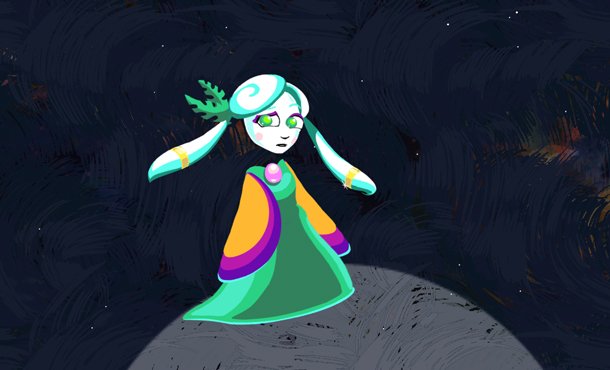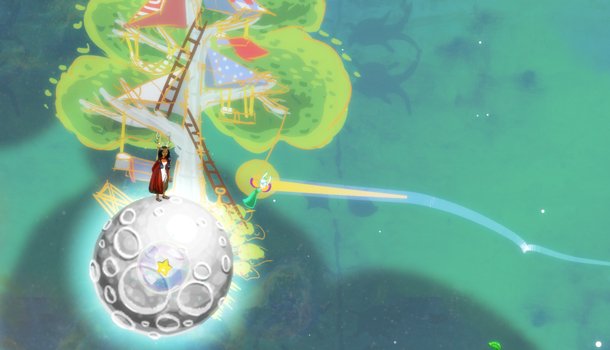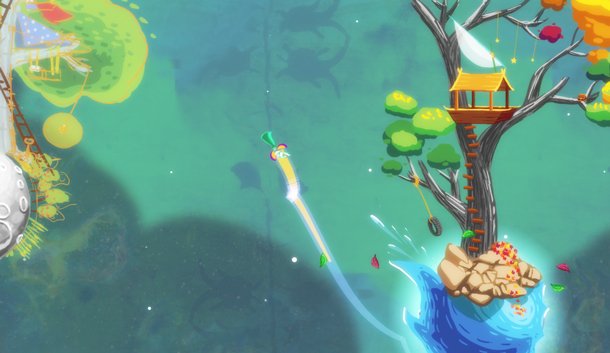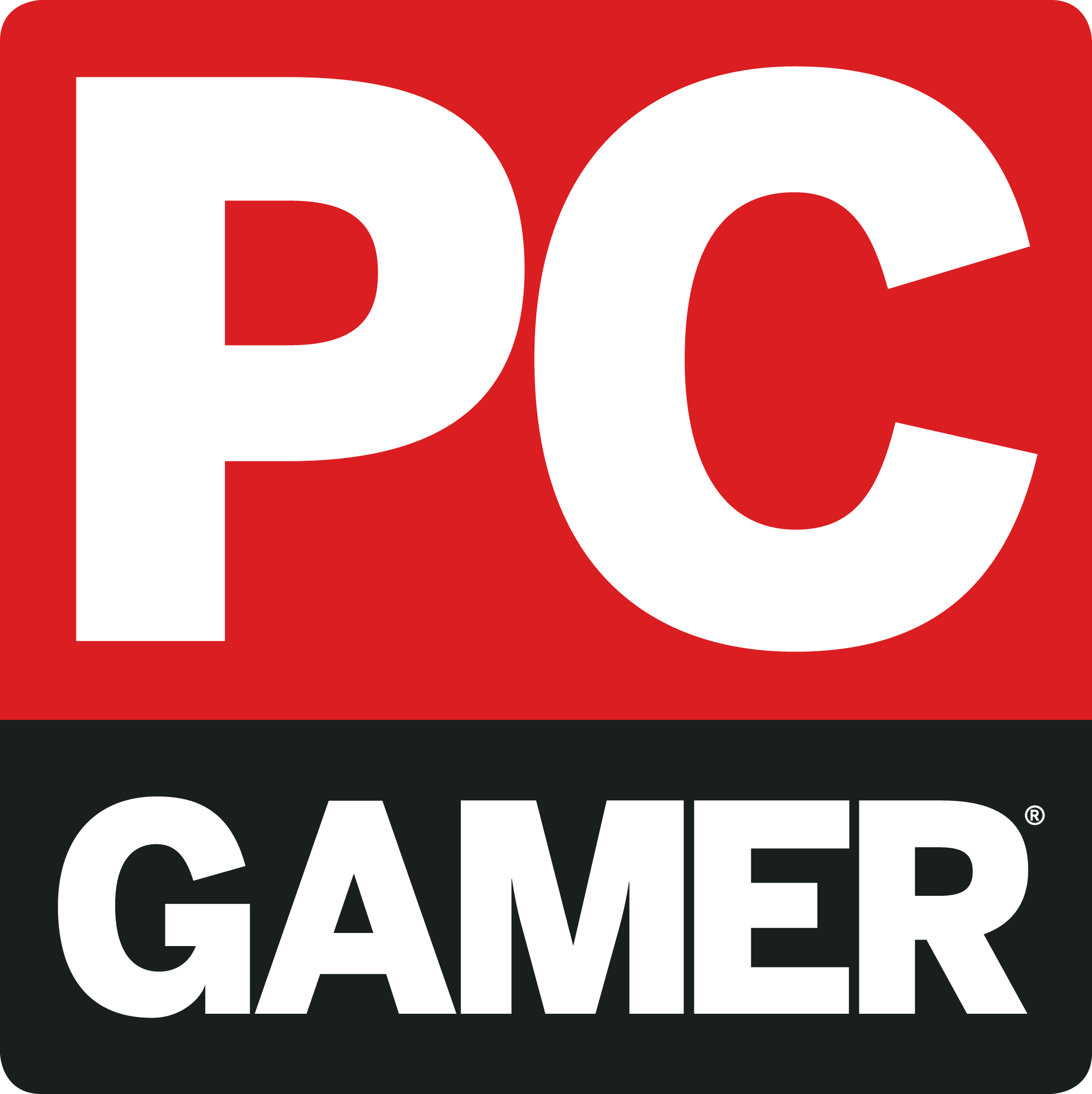
Article by Ewen Hosie
With a whimsical style that owes a debt to classic Saint-Exupéry novella The Little Prince, Gravity Ghost follows the adventures of celestial specter Iona, a fairy-like figure hop-skipping her way across the constellations of the Icarus system in search of her pet fox.
Gravity Ghost's levels play out on charmingly-illustrated 2D fields that evolved from what designer Erin Robinson — Wadjet Eye alumna and designer of Puzzle Bots—refers to as a "papercraft-inspired look.” The main task of the game is to collect stars in order to unlock levels from seven available constellations, which average around 10 levels each. Iona must make use of the gravitational pull of the planetoids and moons she uses to traverse through the game's stages, as it is the manipulation of both their radial orbits and apsides which dictates her velocity and momentum.
Iona can jump and double-jump with single and double-taps of the space bar, and circles planets counter-clockwise and clockwise with the A and D keys, which give her a speed boost when double-tapped. Handily, the planet Iona is orbiting gives off a subtle glow to help direct the player.

Much of the game's challenge lies in working out Iona's movement, as the directions for moving left and right stay the same even if she is upside down. Generally the controls work well, but there are moments where judging the aim of approach to a star can fall down to guesswork when Iona leaves the edge of the screen after reaching the farthest point of a particularly wide orbit.
Early stages feature a gentle learning curve (the game has no fail states in place), but things get mixed up later with bouncy Saturnian worlds, glass globes that shatter when hit at speed, heavy gravity planets which pull Iona toward them, and ice worlds which cause her to slide.
Intriguingly, there are also spherical mazes where Iona must guide a trapped miniature planet from the center of the maze to an exit at the edge by manipulating the maze's rotation with the A and D keys. Once rescued, these expressively detailed miniature worlds can be viewed from a central galaxy hub, featuring different characters and themes (my favorite so far being a solitary ice fisher). Robinson says that the inclusion of these picturesque worlds evolved over the course of time:
Keep up to date with the most important stories and the best deals, as picked by the PC Gamer team.
"From the beginning I knew I wanted to have large, elaborate story planets in the game,” she says, “but I didn't know quite how to make them feel like real places. I played around with a few ideas, including an early experiment where I placed platforms all around these round planets, [but] the platforming never felt as interesting or smooth as the rest of the game, so eventually I cut it in favor of something simpler: smaller planets with original art and interactive characters."

The soundtrack, by Ben Prunty of FTL , conveys an excellent atmosphere as Iona sways her way through space. In the press build I played, the tracks played on a loop, which does result in some abrupt musical stops due to the lack of segue, but Robinson promises a more dynamic audio experience in the final build, explaining that she has “just implemented a feature that will use the velocity of the main character to adjust the music that's playing."
Gravity Ghost shows promise. At this stage, unlocking new constellations might be slightly too easy—the final constellation only requiring 30 stars at present—but this could be considered an attempt to maintain the game's relaxing atmosphere.
Robinson originally planned to release Gravity Ghost by the end of 2013, but is now waiting until an undecided 2014 date so that she can focus on improving narrative elements, including the addition of voice actors, which she claims came about because playtesters didn't want to stop and read.
"The story is very important to understanding the game, but I wanted it to feel like a natural part of the game, not just something layered on top,” she says. “So the story is told in a bunch of short pieces, which you encounter throughout the game. And because I want people to bring their own interpretations to the story, you can actually encounter these short story pieces in any order. Therefore it's up to the player to make sense of what's happening—and to read between the lines."
PC Gamer is the global authority on PC games—starting in 1993 with the magazine, and then in 2010 with this website you're currently reading. We have writers across the US, Canada, UK and Australia, who you can read about here.


